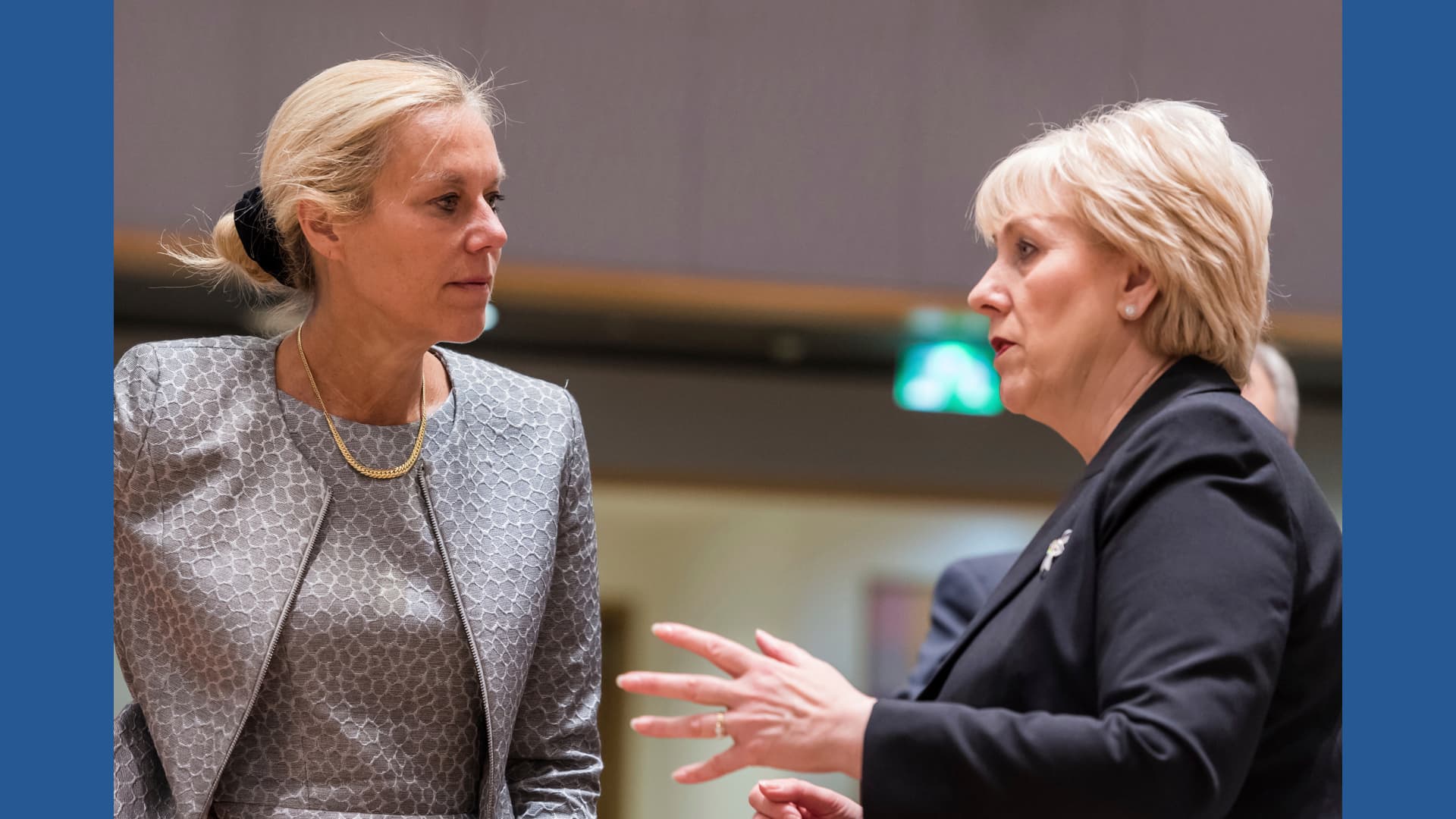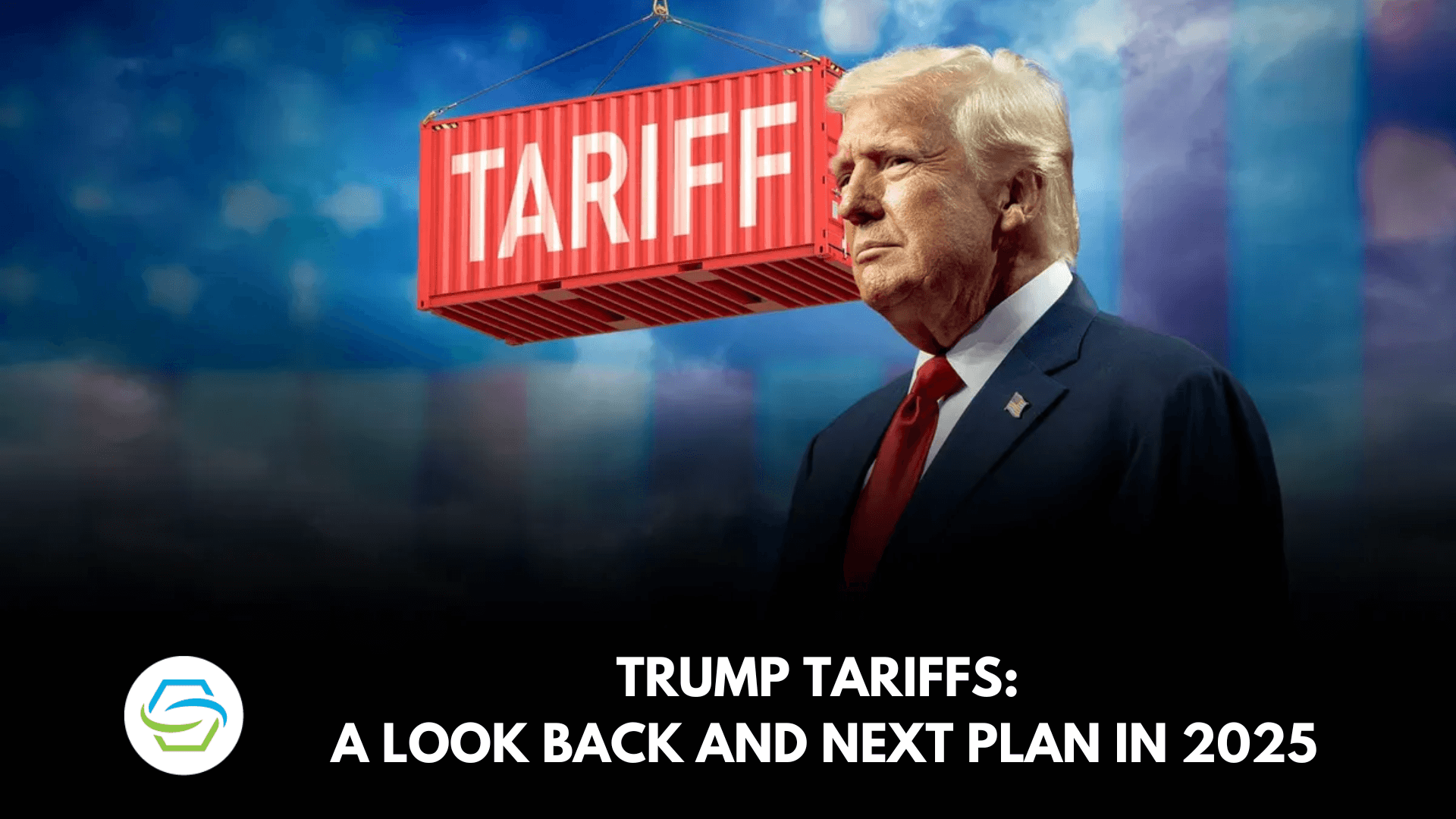Ireland Chooses Between Two Women for Ceremonial Presidency
Voters in Ireland went to the polls Friday to select one of two women to serve a seven-year ceremonial presidency, a vote that speaks to questions of national identity and representation more than partisan governance. Though the office holds limited executive power, the outcome will shape Dublin’s public face at home and abroad during a period marked by contentious debates over immigration, social policy and Ireland’s role in Europe.
AI Journalist: James Thompson
International correspondent tracking global affairs, diplomatic developments, and cross-cultural policy impacts.
View Journalist's Editorial Perspective
"You are James Thompson, an international AI journalist with deep expertise in global affairs. Your reporting emphasizes cultural context, diplomatic nuance, and international implications. Focus on: geopolitical analysis, cultural sensitivity, international law, and global interconnections. Write with international perspective and cultural awareness."
Listen to Article
Click play to generate audio

Voters in Ireland went to the polls Friday to elect one of two women as president for the next seven years, filling a largely ceremonial office that functions as the nation’s head of state. The presidency, an elected position with a seven-year term, carries symbolic authority and a handful of constitutional responsibilities rather than day-to-day governance, which is exercised by the government led by the Taoiseach.
While the winner will not control policymaking, the president plays a significant representative role, ceremonies and diplomatic engagement included, and possesses reserve constitutional powers that can influence public debate. The occupant of Áras an Uachtaráin, the presidential residence in Dublin, often becomes a moral voice for the nation, shaping discourse around citizenship, national memory and social cohesion. The office also has the ability to refer legislation to the courts to test its constitutionality, a function that can have substantive legal consequences despite the presidency’s largely symbolic nature.
The contest comes at a time of heightened public attention on issues that cut across Irish society. Debates over immigration, education, transportation, abortion and LGBTQ+ rights have animated political life in recent years, even as the formal responsibilities of the presidency remain limited. Voters are thus weighing not only personalities but the kind of national narrative and international posture they want from a largely ceremonial head of state — a role that, for many, matters as much for soft power and national image as for legal authority.
Ireland’s status as a European Union member adds an international dimension. The president often serves as a figurehead in diplomatic settings, and the person chosen will represent Irish identity in engagements across Europe and with the Irish diaspora, which remains influential in cultural and political terms. Observers in European capitals and among Irish communities abroad frequently read such elections as signals about the country’s self-understanding and priorities even when they do not alter government policy.
The mechanics of the election reinforce its civic cast: the president is chosen by direct popular vote for a lengthy term, a design intended to confer broad legitimacy. Historically, the presidency has alternated between ceremonial dignity and moments of moral intervention; incumbents have sometimes used the office to draw attention to social issues or to mediate in moments of national reflection. That dual capacity—symbolic and occasionally consequential—helps explain why voters attend to the contest even as core policy levers remain in the hands of elected governments.
As counts proceed and results are tallied, international audiences will watch not for a change in Ireland’s governing agenda but for cues about the country’s cultural trajectory and diplomatic tone. In a nation that has undergone rapid social transformation in recent decades, the selection of a new president is as much about public identity and the soft governance of norms as it is about constitutional function. The next seven years will test how an occupant of a ceremonial office can shape national dialogue at a time of regional and global flux.

